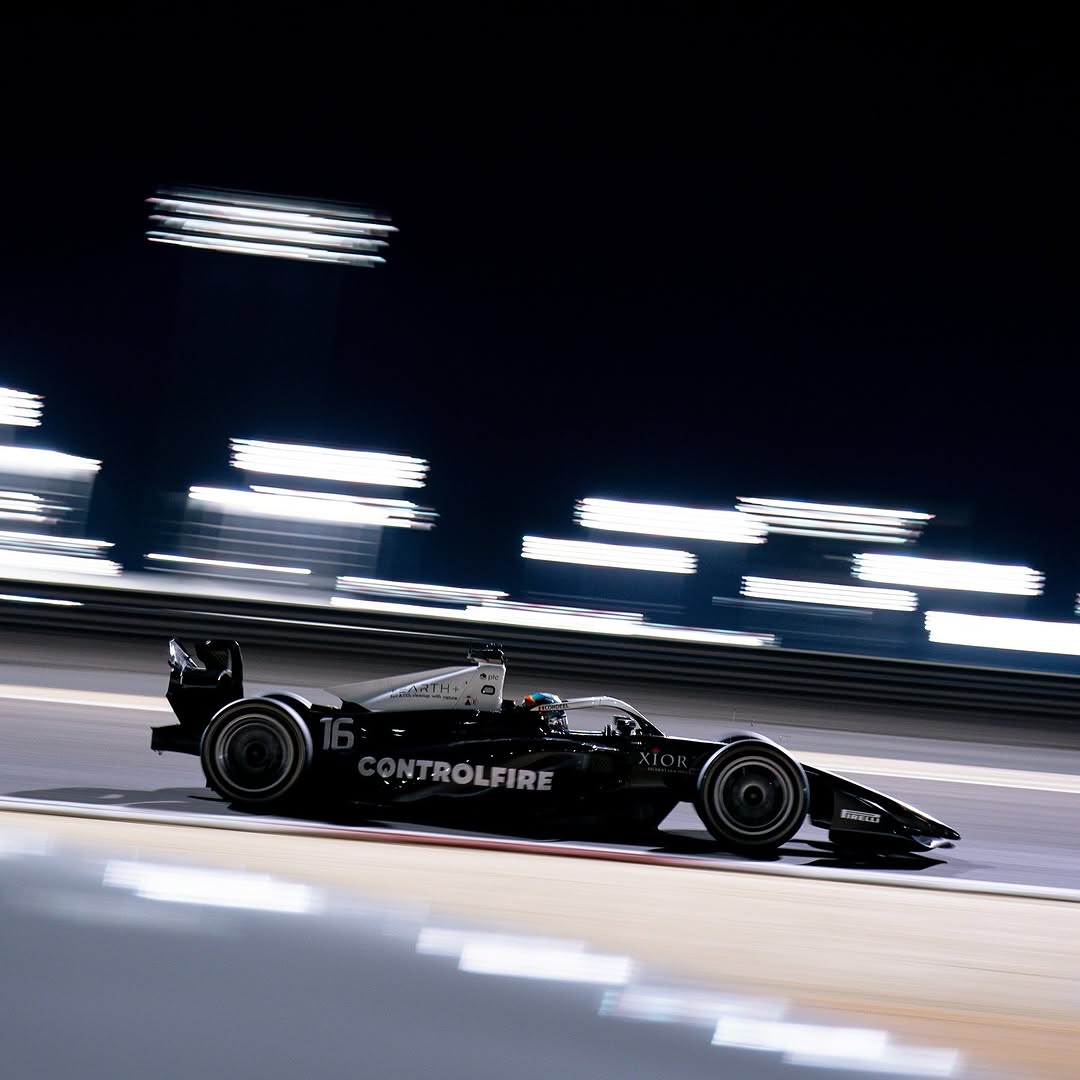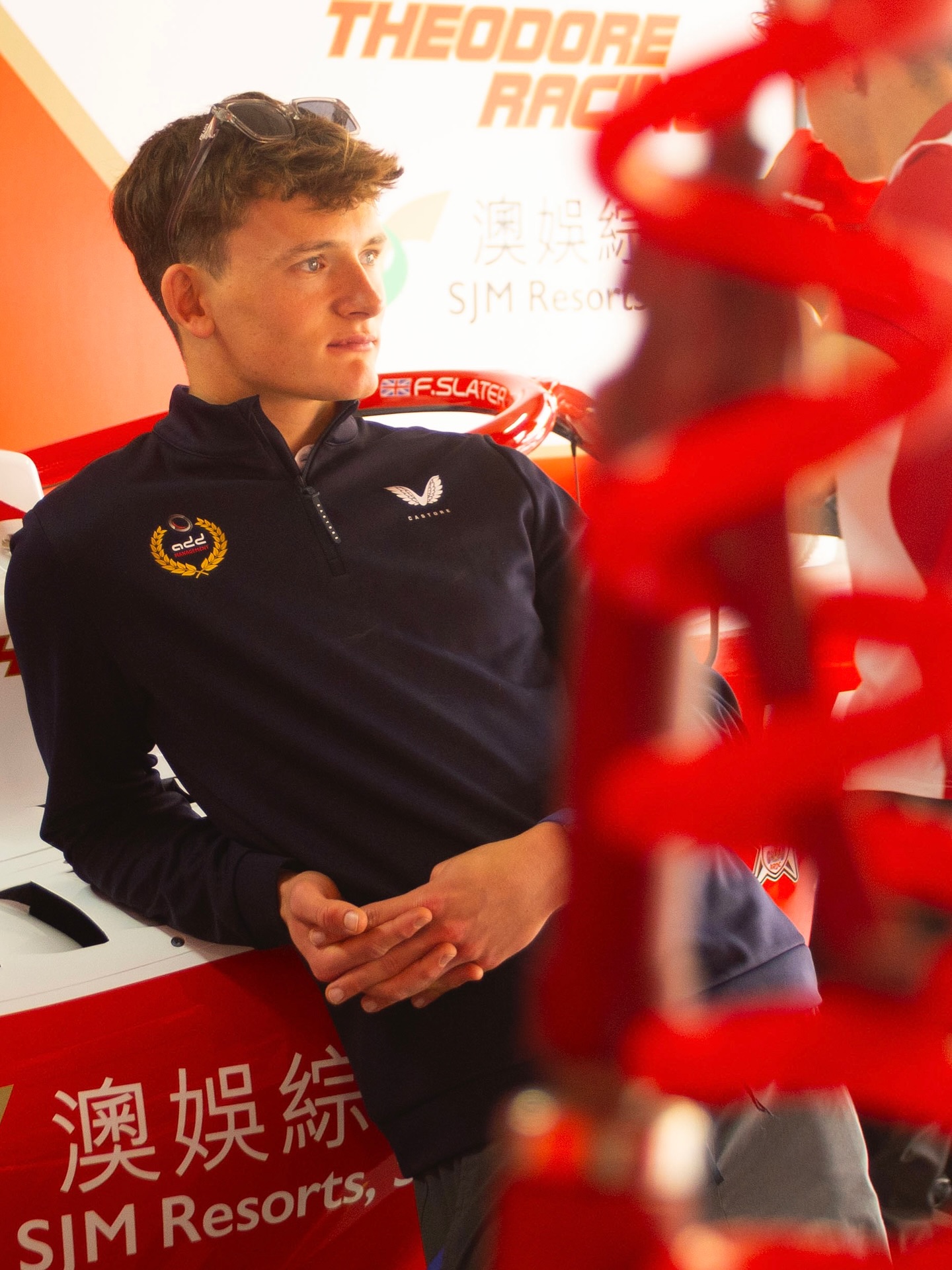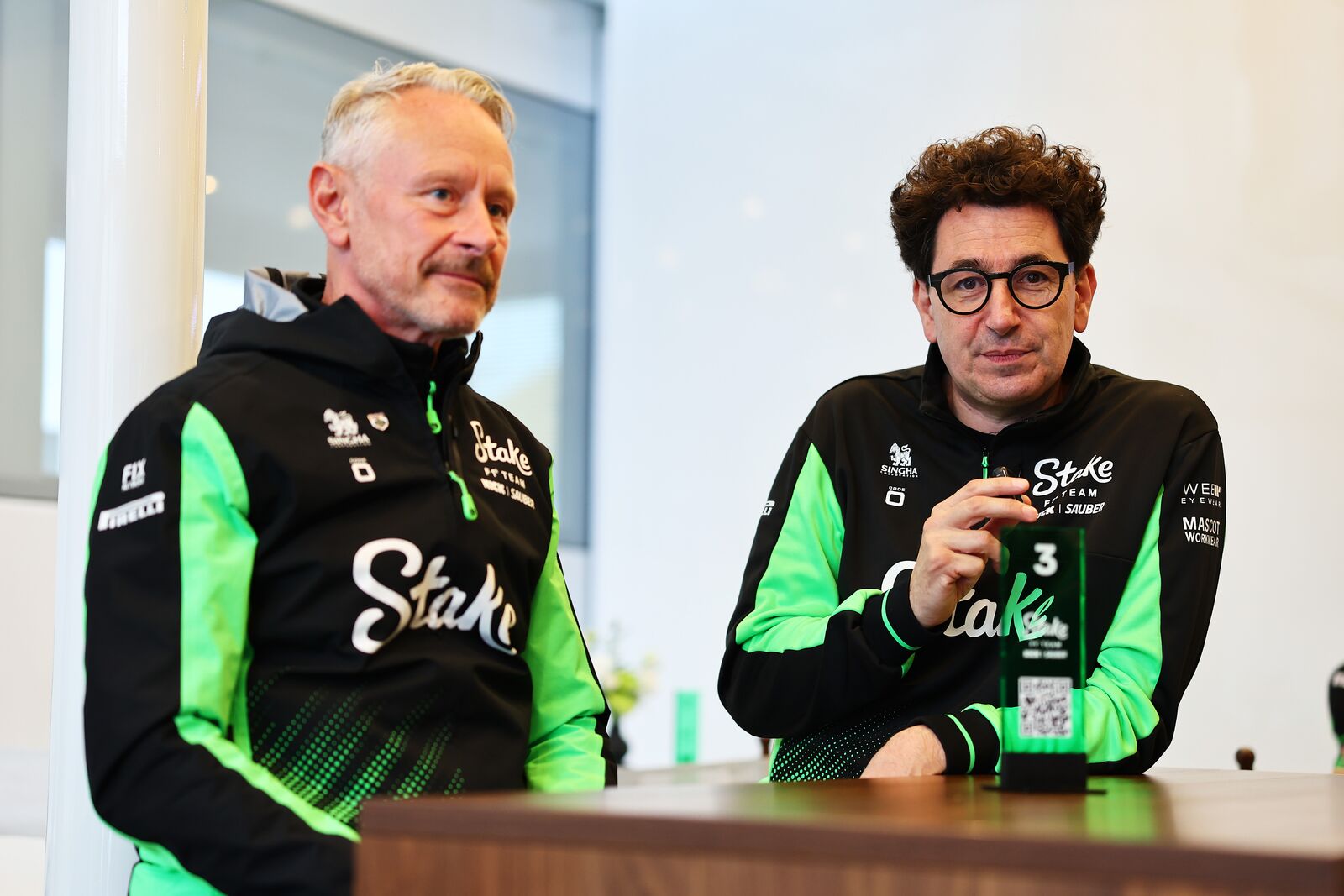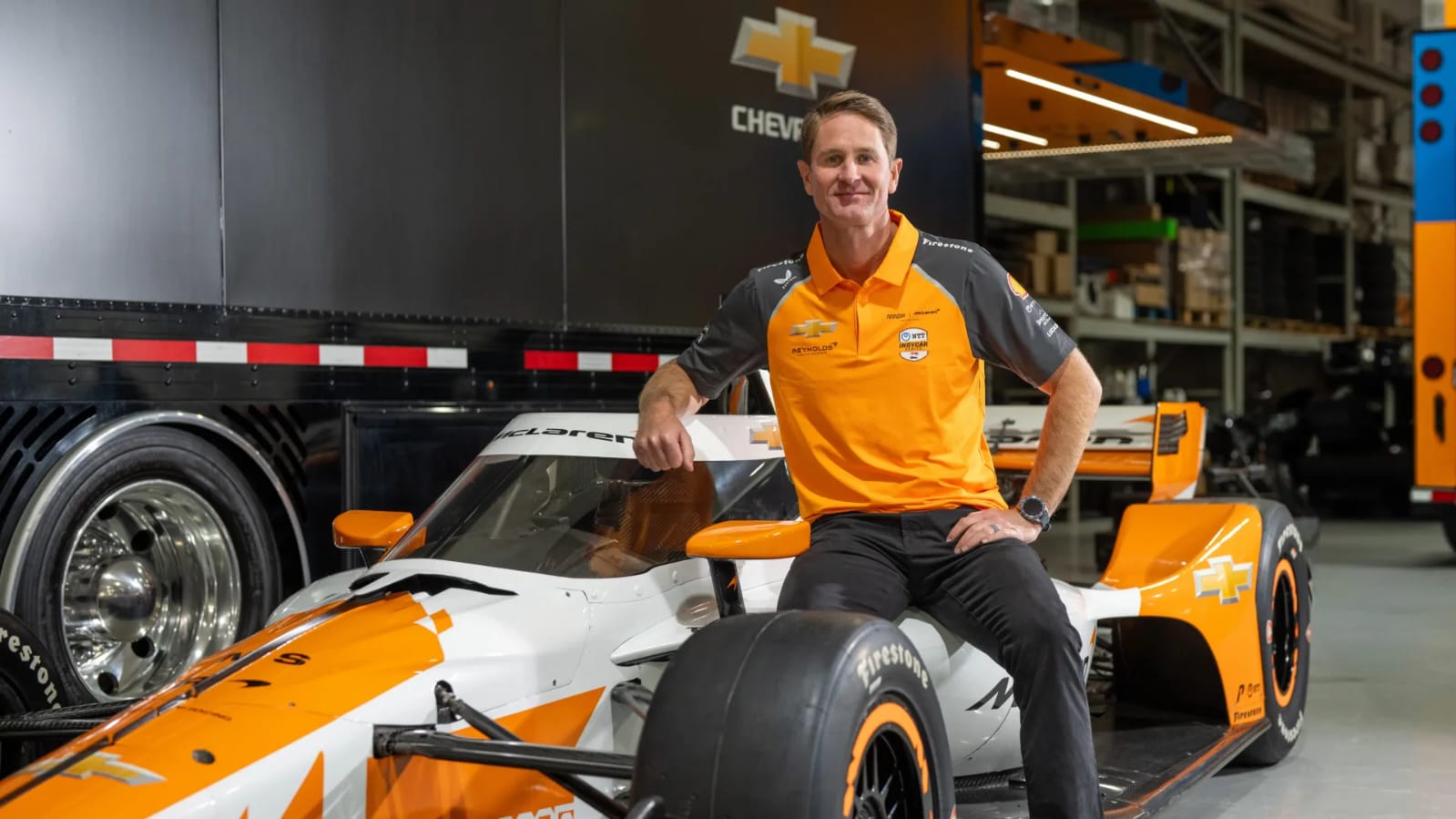Throughout his tenure as CEO of Formula 2 and Formula 3, Bruno Michel has played a pivotal role in supplying fresh talent to the Formula 1 grid. While both series are designed to serve as stepping stones to F1, they have also developed strong identities of their own. Thanks to growing global interest in motorsport, F2 and F3 have emerged as popular championships in their own right.
Speaking during a recent press conference attended by Pit Debrief, Michel discussed the increasing visibility of the feeder series, their current momentum, and the impact of recent F1 graduates.
Equal machinery creates exciting racing
Michel emphasised that one of the primary reasons for the compelling racing in F2 and F3 is the use of equal machinery across all teams. Unlike Formula 1, where each team builds its own car under technical regulations, all drivers in F2 and F3 compete with the same chassis, engine, and tyres.
“I think the product is good. Number one, it’s easier for us because everybody’s got the same car. Of course, when everybody’s got the same car, even if the setup might be different from one team to another, at the end of the day it’s a drivers’ championship.
“The races are more spectacular because everybody has the same car,” he pronounced.
With 22 drivers in F2 and 30 in F3 all using the same specification cars, driver talent becomes the deciding factor. Teams can influence performance through setup, but the standardised hardware ensures that on-track success reflects individual skill more than technical advantage.
Smart regulations make a competitive show
Beyond equal cars, Michel credited the structure of the championships with maintaining competitiveness and viewer engagement.
“We are always trying to make the sporting regulations the best possible—with the tyres, pit stops, points system, and reverse grid races—all designed to enhance the show,” he explained.
While Michel has shown a willingness to innovate, he remained cautious when asked about the potential return of high-revving V10 engines to either F1 or the feeder series.
The value of the F1 connection and the “Liberty Effect”
The relationship with Formula 1 has played a significant role in the growing popularity of F2 and F3. Since Liberty Media acquired the rights to F1 and F2 in 2017, and later F3 in 2019, motorsport viewership has soared. Global interest continues to grow, with F1’s audience increasing by 5.7% since 2021.
Michel acknowledged this boom. “Over the last three or four years, the visibility of F2 and F3 has increased absolutely massively. That is the same effect that happened to Formula 1 as well.”
He referred to this as the ‘Liberty Effect’—a term he uses to describe Liberty Media’s success in expanding the global profile of all three championships.
“The fact [is] that they’ve been developing quite a lot, the visibility and awareness of our championships.
F2 and F3 a significant stepping stone to F1
Furthermore, the direct link to F1 remains a huge draw for fans and drivers alike. Michel believes that F2 and F3 graduates showing their talent and making positive, noteworthy impressions in F1 show the high levels of competitive racing that happen in the feeder series, therefore attracting viewers.
“Also the fact that we’re bringing regularly drivers to Formula 1 and that when they arrive to Formula 1, they are ready and they’re doing a good job,” he noted.
With several F2 graduates joining the F1 grid for the 2025 season, Michel expressed excitement about this influx of talent.
“It’s always great news. What was the greatest news we had this year was to have five drivers coming from F2 into Formula 1. That’s something that we never had in the past.”
Despite the success of these promotions, however, Michel declined to take credit for their success. “I couldn’t say we’re proud of that because at the end of the day, it’s the level of the drivers that is making this difference.”
A lack of opportunities for promotion to F1
Michel also addressed the challenges that young drivers have faced in recent years. With limited F1 seats and teams preferring experienced drivers, many junior talents struggled to break through.
In 2024, the F1 grid remained unchanged from the previous year until Franco Colapinto replaced Logan Sargeant mid-season at Williams. The conservative approach by teams closed the door on many F2 hopefuls.
However, 2025 has marked a clear shift in attitude. Several teams opted to refresh their line-ups and invest in youth. Andrea Kimi Antonelli, Isack Hadjar and Gabriel Bortoleto all made their F1 debuts for Mercedes, Racing Bulls and Sauber respectively. Oliver Bearman returned to F1, competing with Haas, after three noteworthy outings in 2024, two of which were with the American team. Jack Doohan also stepped up to Alpine, completing six rounds before being replaced by Colapinto. Meanwhile, Liam Lawson returned to F1 on a full-time basis, completing two rounds at Red Bull before returning to Racing Bulls.
“It’s also the fact that in F1 for a few years you had very, very limited seats available. Suddenly this year, the F1 teams decided to renew quite a lot the F1 grid and to trust the F2 drivers to be able to take over the positions in F1. For me, that’s really the most important thing to see.”





